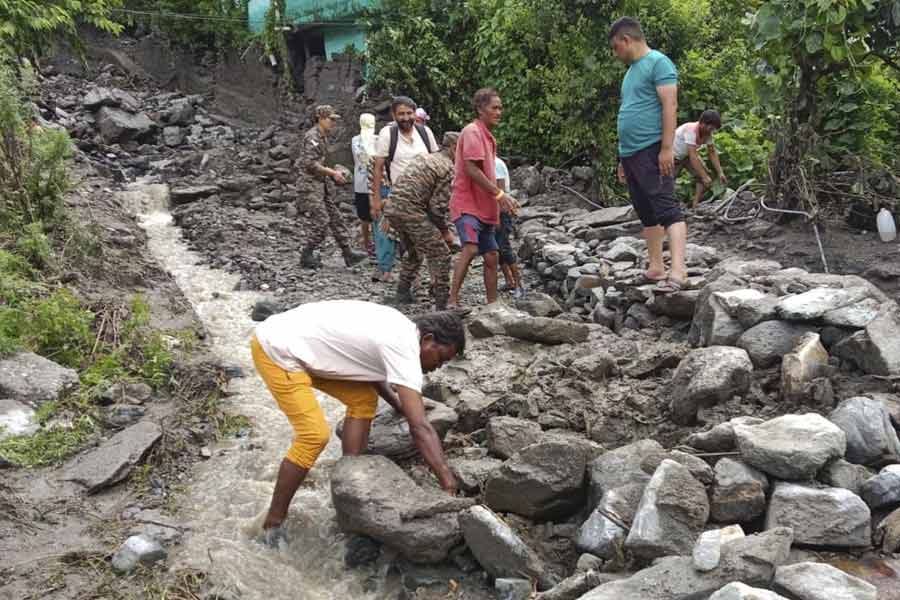 |
| An Olive Ridley turtle in Gahirmatha. (AFP) |
Kendrapara, March 14: Researchers of the Dehradun-based Wildlife Institute of India (WII) are conducting a study in Gahirmatha, the world’s largest rookery of Olive Ridley turtles, to find out why the animals prefer this particular place to lay eggs.
As the Olive Ridley turtles’ mass nesting, also called Arribada (a Spanish term that refers to turtles’ en-masse egg laying), has come to an end, WII researchers are on the job to make a scientific ascertainment of the characteristics of Gahirmatha nesting beach.
The marine creatures’ fondness and proclivity towards laying eggs in large groups at this particular beach has drawn the WII researchers for the study, said forest officials.
“It’s an intensive and wide-ranging study by WWI in coordination with the state forest department. It forms part of the turtle conservation and research programme. Researchers are dealing with various characteristics and distinctiveness of the beach at Nasi Island off Gahirmatha coast,” said Manoj Kumar Mahapatra, divisional forest officer (DFO), Rajnagar mangrove (wildlife) forest division.
“The moisture content and morphological characters of the nesting beach are being studied. The shape and size of the sand particles is under scrutiny to ascertain whether it contains certain natural ingredients that attracts turtles. The topographical disposition of the nesting beach during high and low tide and new and full moon is being scientifically examined,” DFO Mahapatra said.
Despite the shrinking of the beach because of erosion, turtles are turning up in millions for mass nesting and Gahirmatha remains the world’s largest Olive Ridley nesting site.
The 32km Gahirmatha beach has shrunk to just about a kilometre in length. The contours of the beach have changed, and the slopes have become steep, making it less suitable for nesting. Yet, turtles have been coming here every year.
A large number of turtles also nest along the mouth of the Rushikulya river every year. But the numbers are less there as compared to Gahirmatha.











